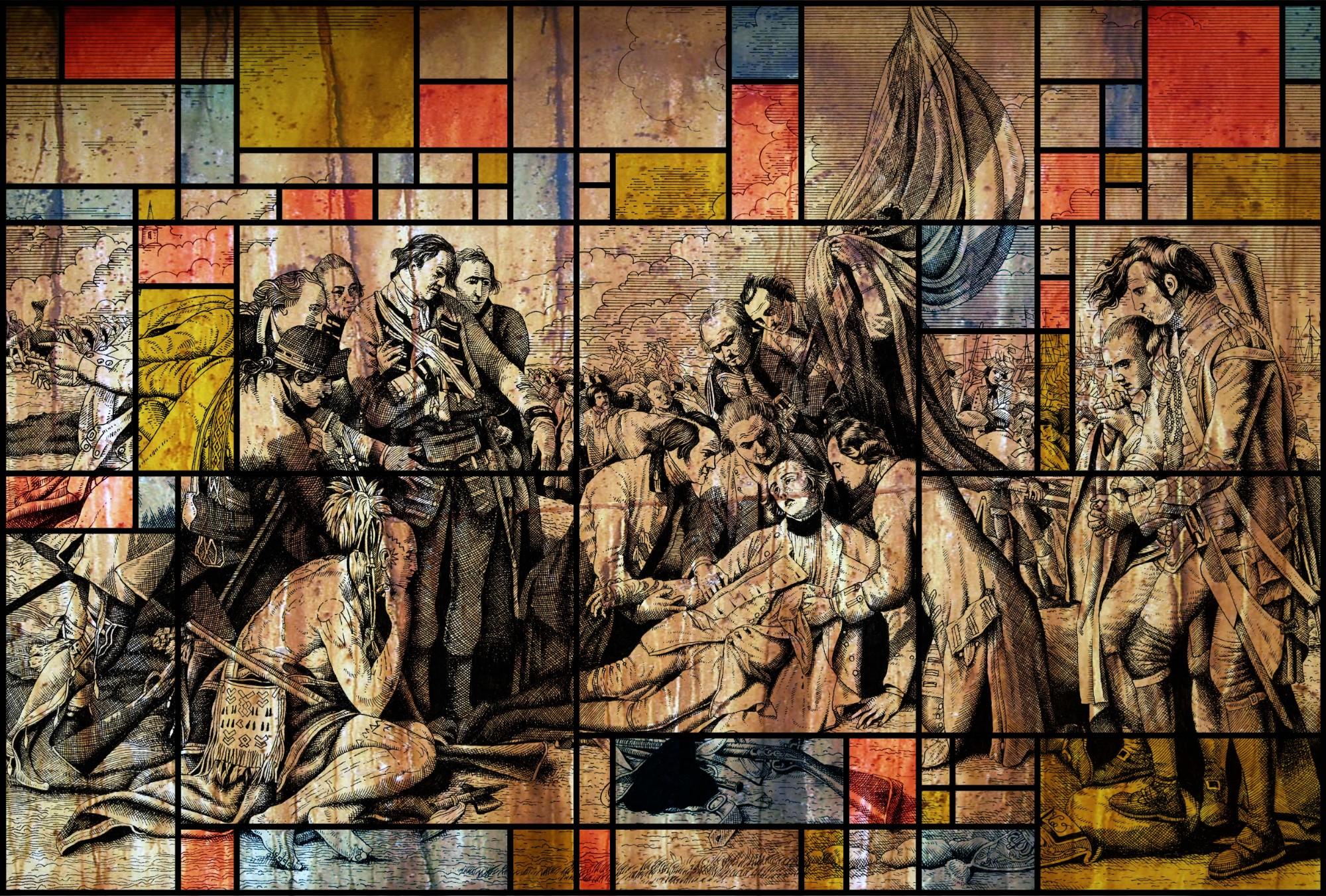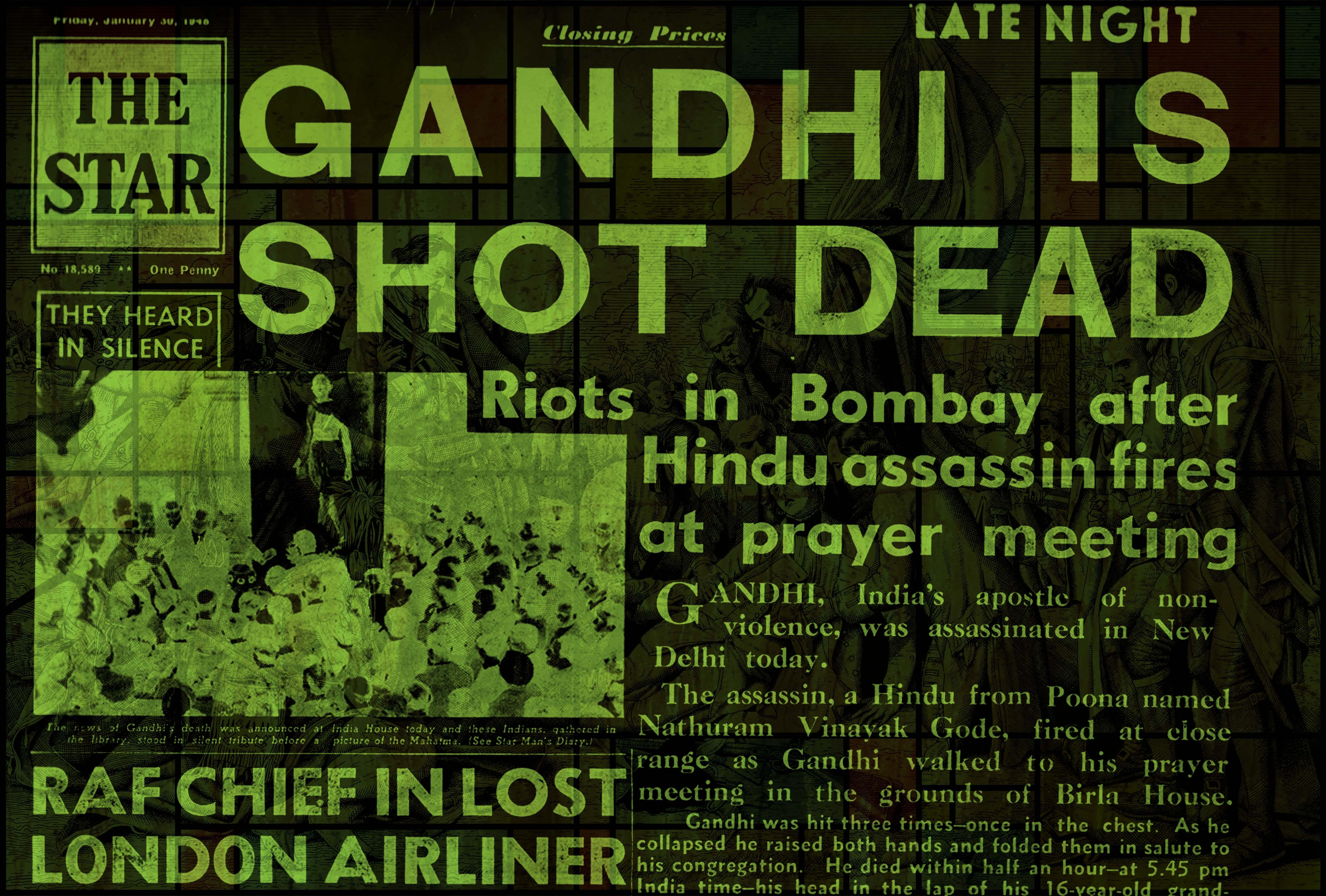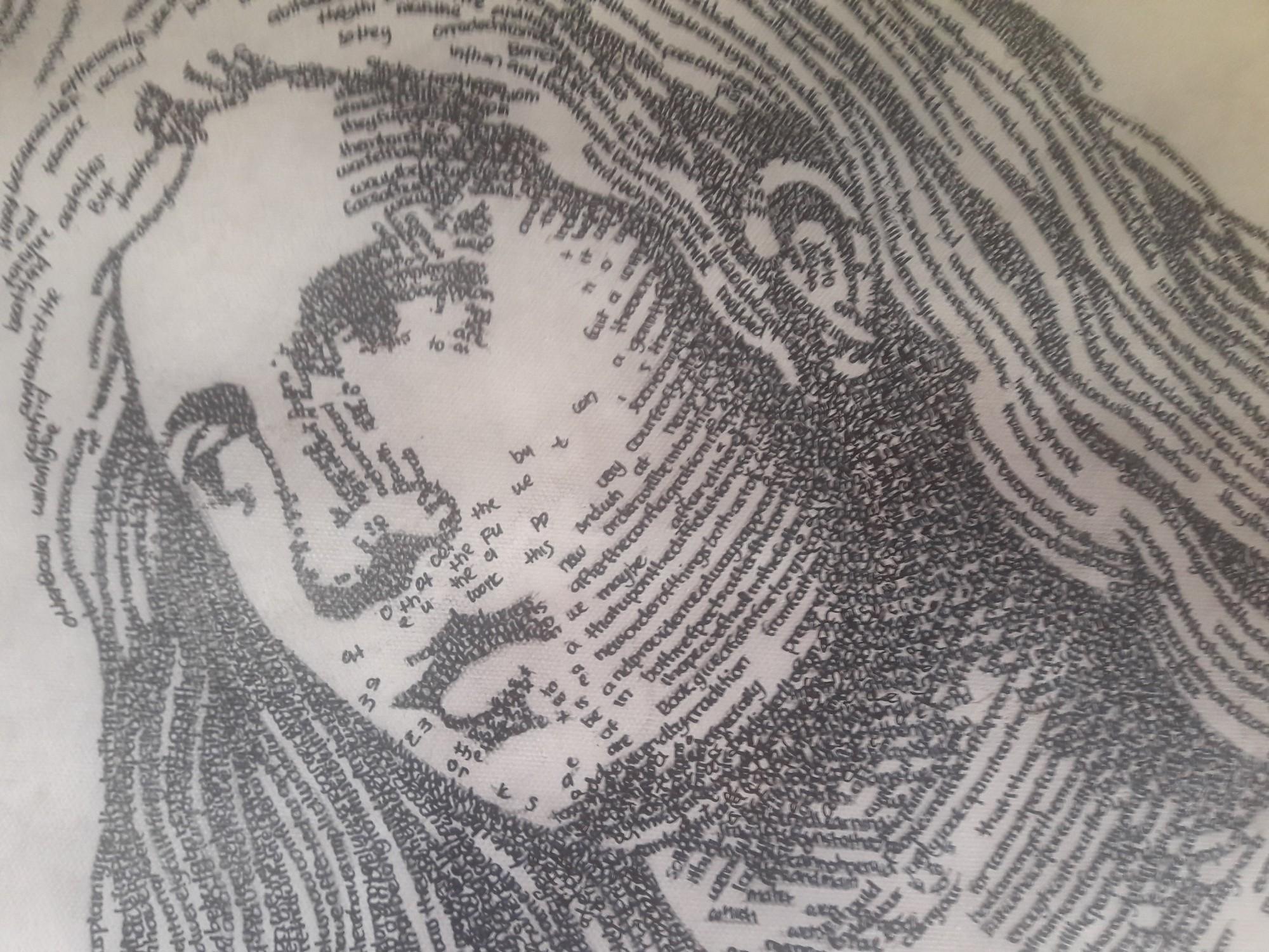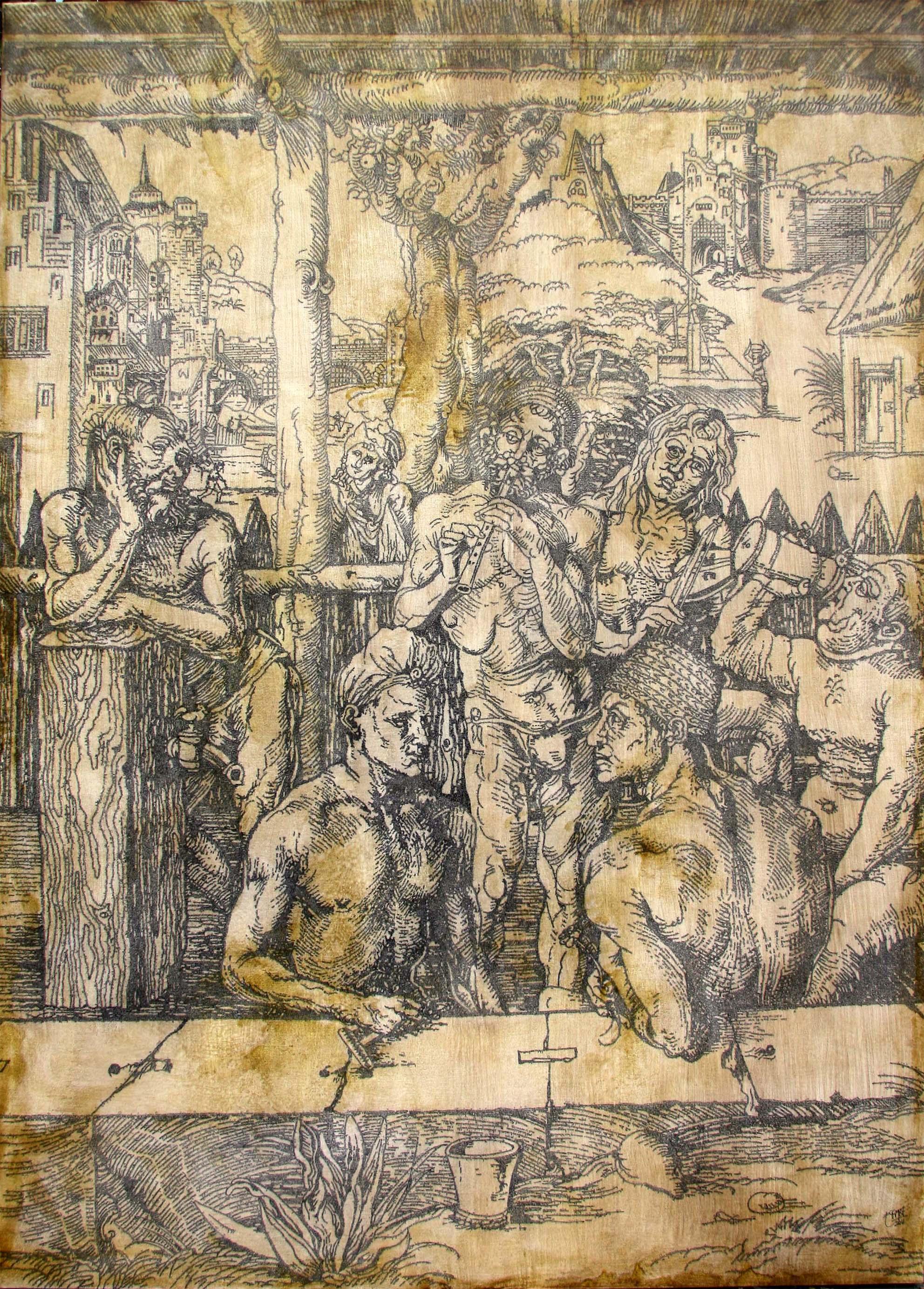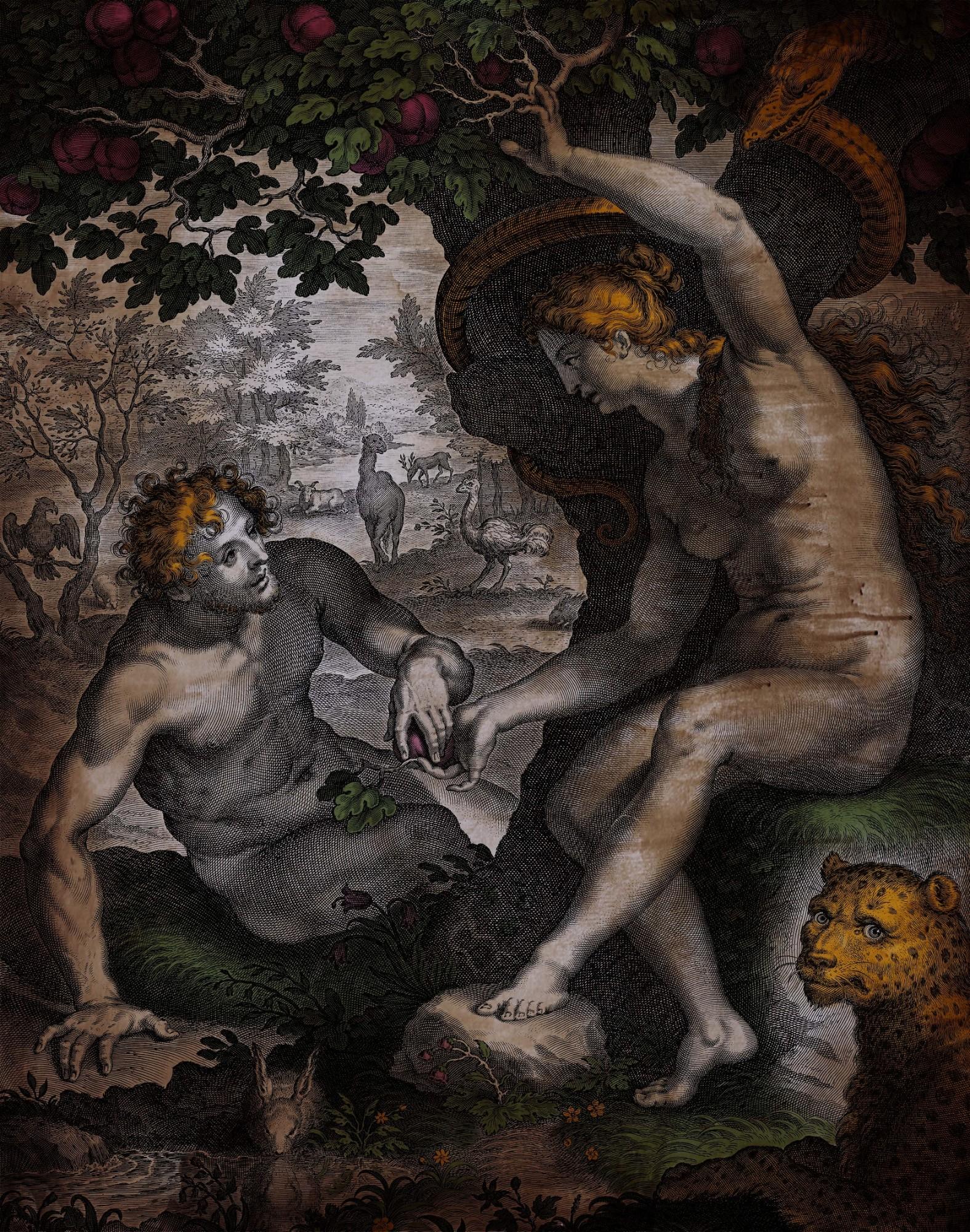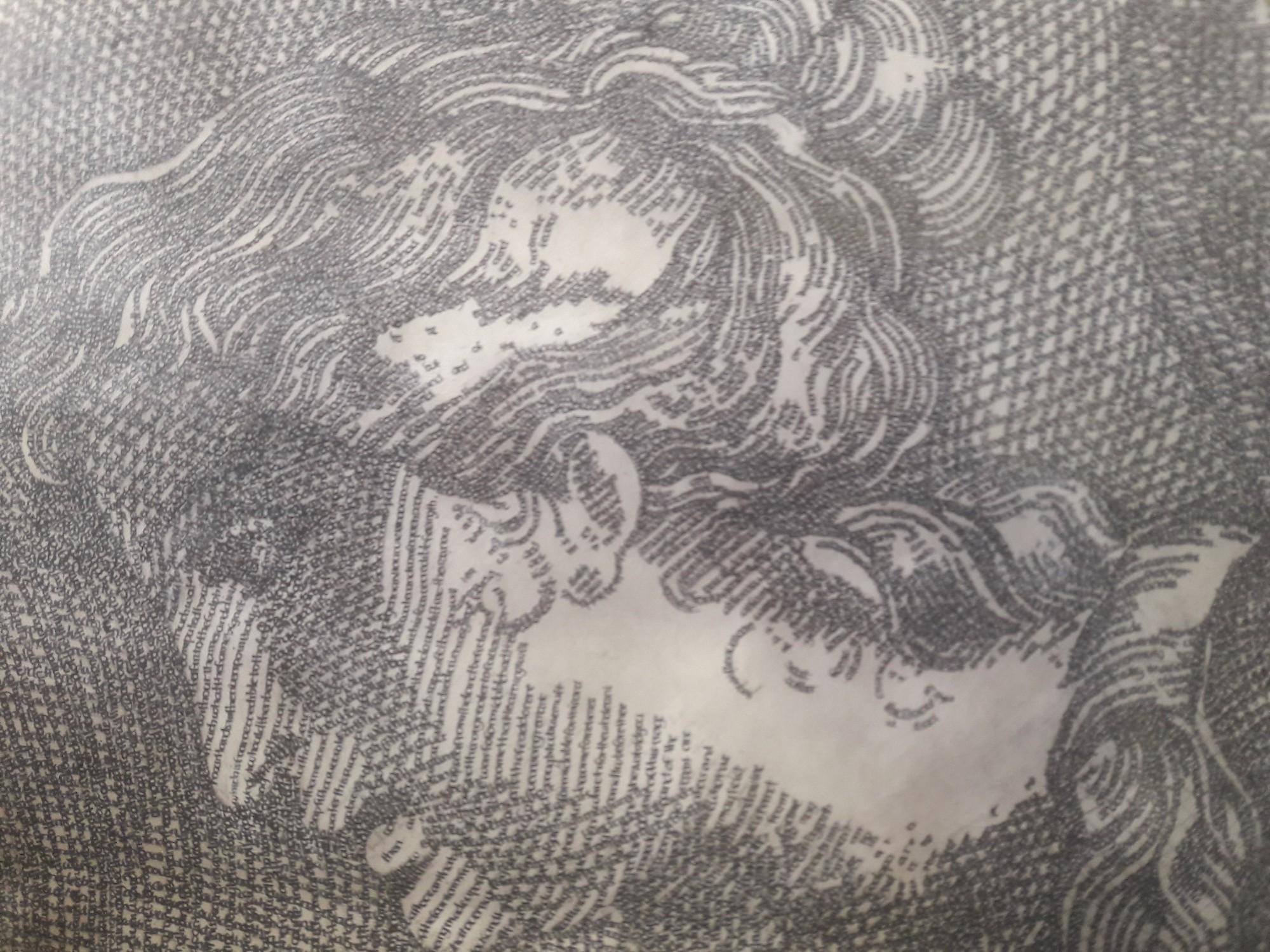As such, his process is very influenced by his experiences from the design world, specifically with production and printing. “My assistants from then are now also part of my team in contemporary art,” he explains. “Most of them are not from the world of art, but want to learn to assist.”
For Susanto, conversation and research are two integral steps of the creative process, be that with friends or assistants. “I believe that a process of dialogue is needed before an idea becomes mature and complete,” he explains. These discussions are fueled by very specific research: “The idea has to be supported by reliable data to be accountable and become a body of knowledge at the core of each of my artworks.”
Creating artworks that also function as bodies of knowledge is an ultimate goal for the artist. “My expectations may seem grandiose,” he prefaces, then goes on to say, “I hope my works will become an initial place for activists in art, history, literature, cultural studies, and science to investigate further.”
Susanto is profoundly interested in looking into historical periods of change, particularly when two conflicting shifts occur, or when two major upheavals happen in regions far away from one another. Often, the subjects he chooses and the manner in which they are juxtaposed in his artwork—typically through a combination of text and images—evoke important questions relevant to modern day issues.




